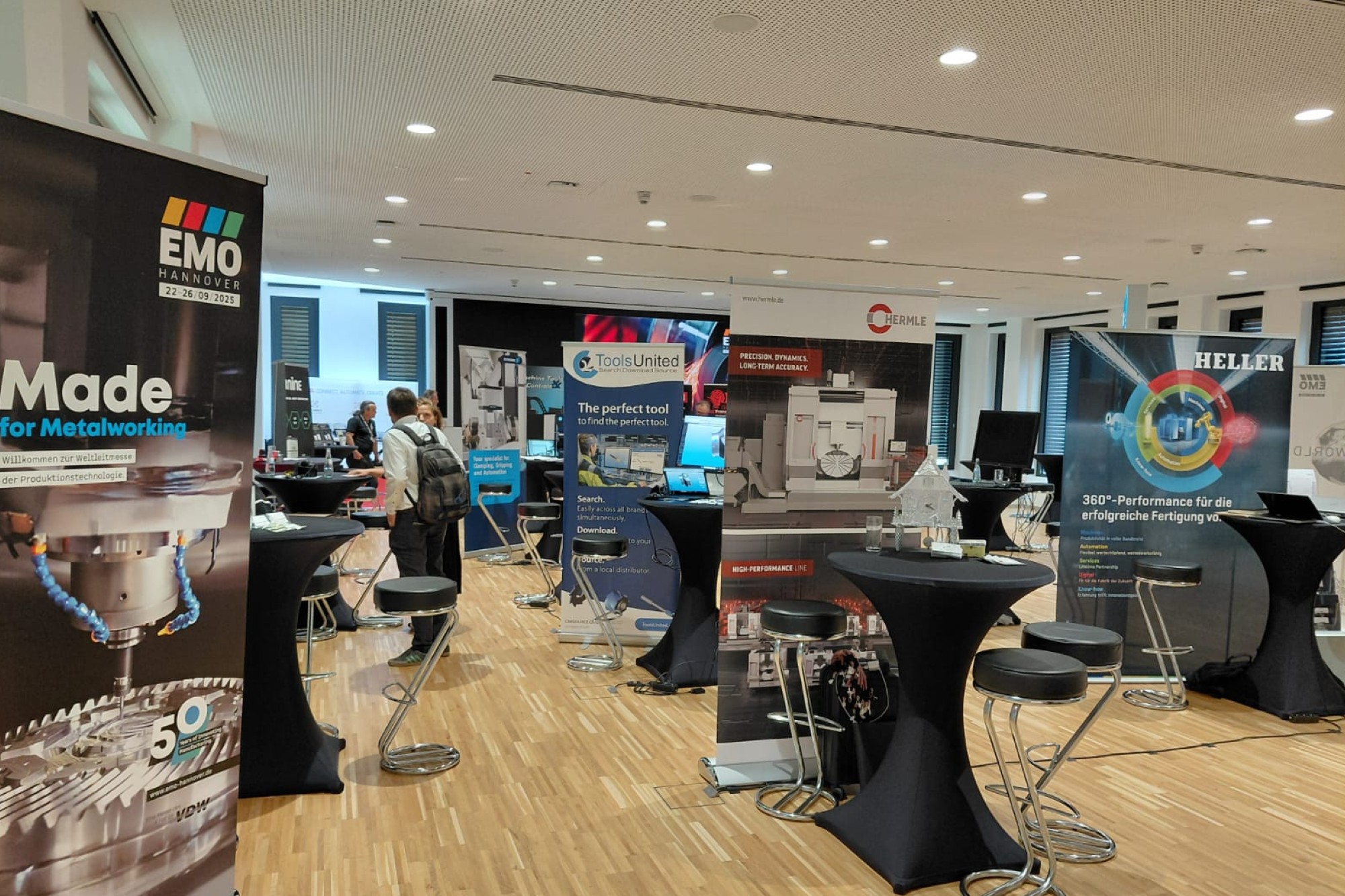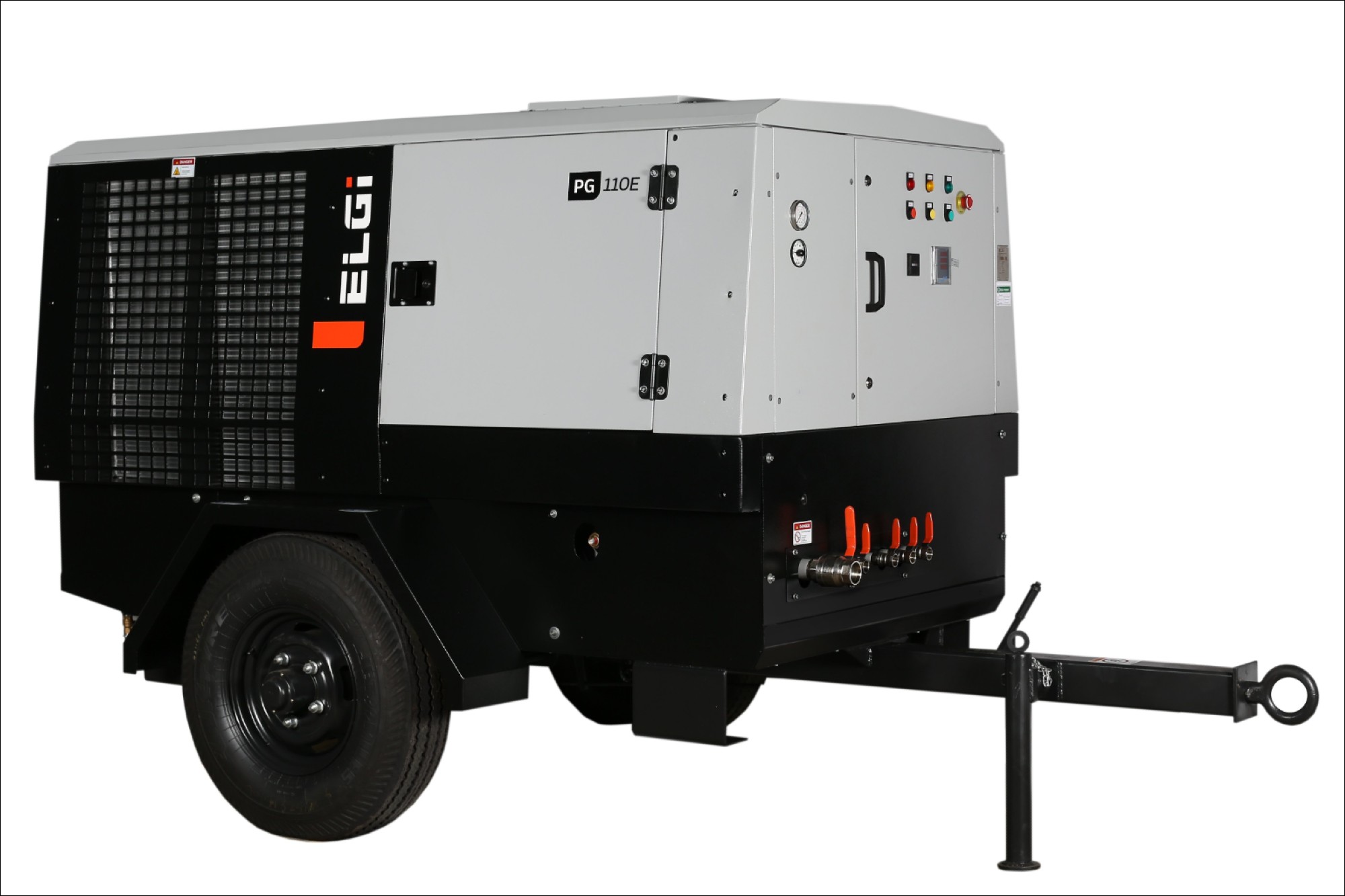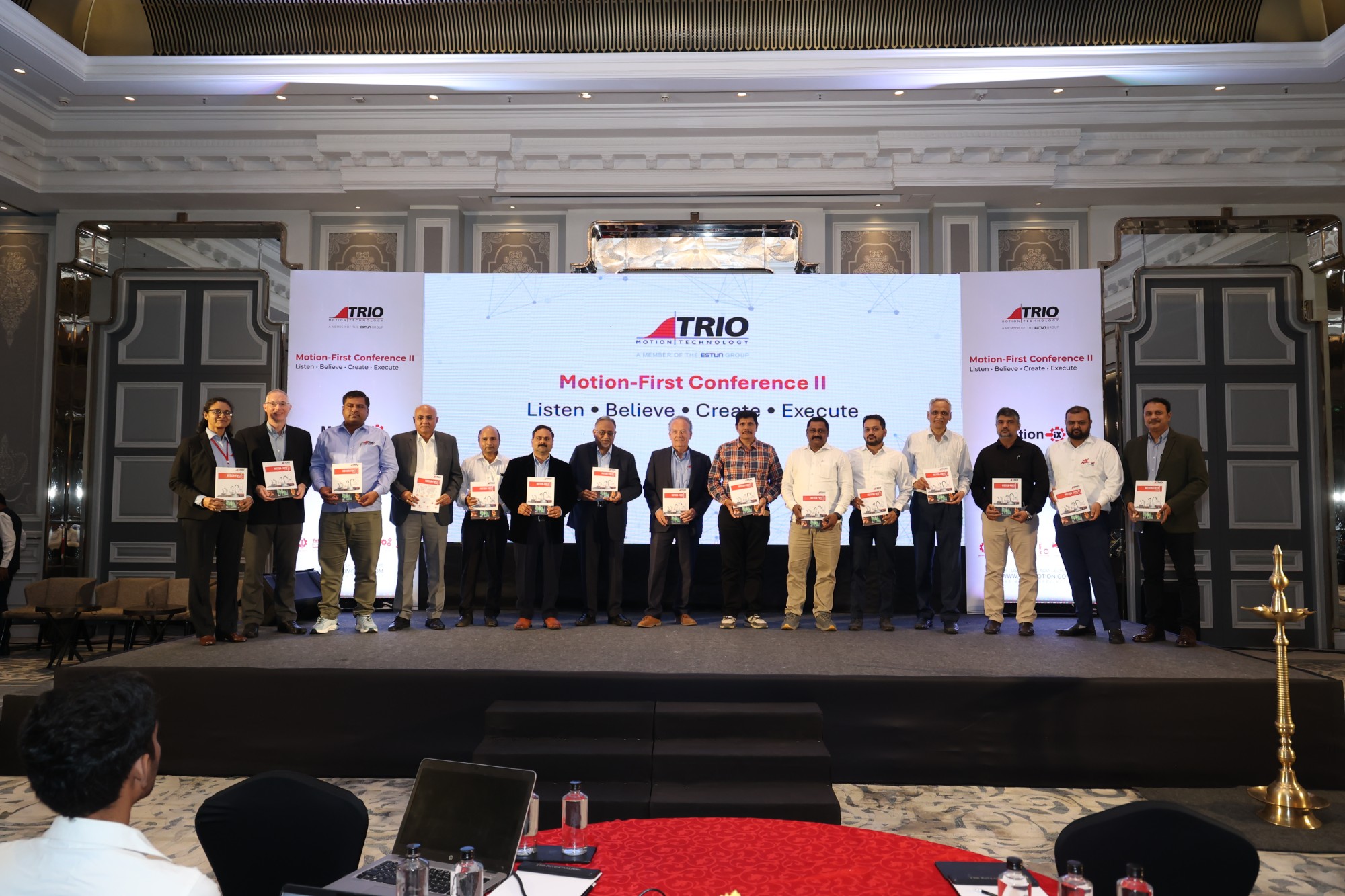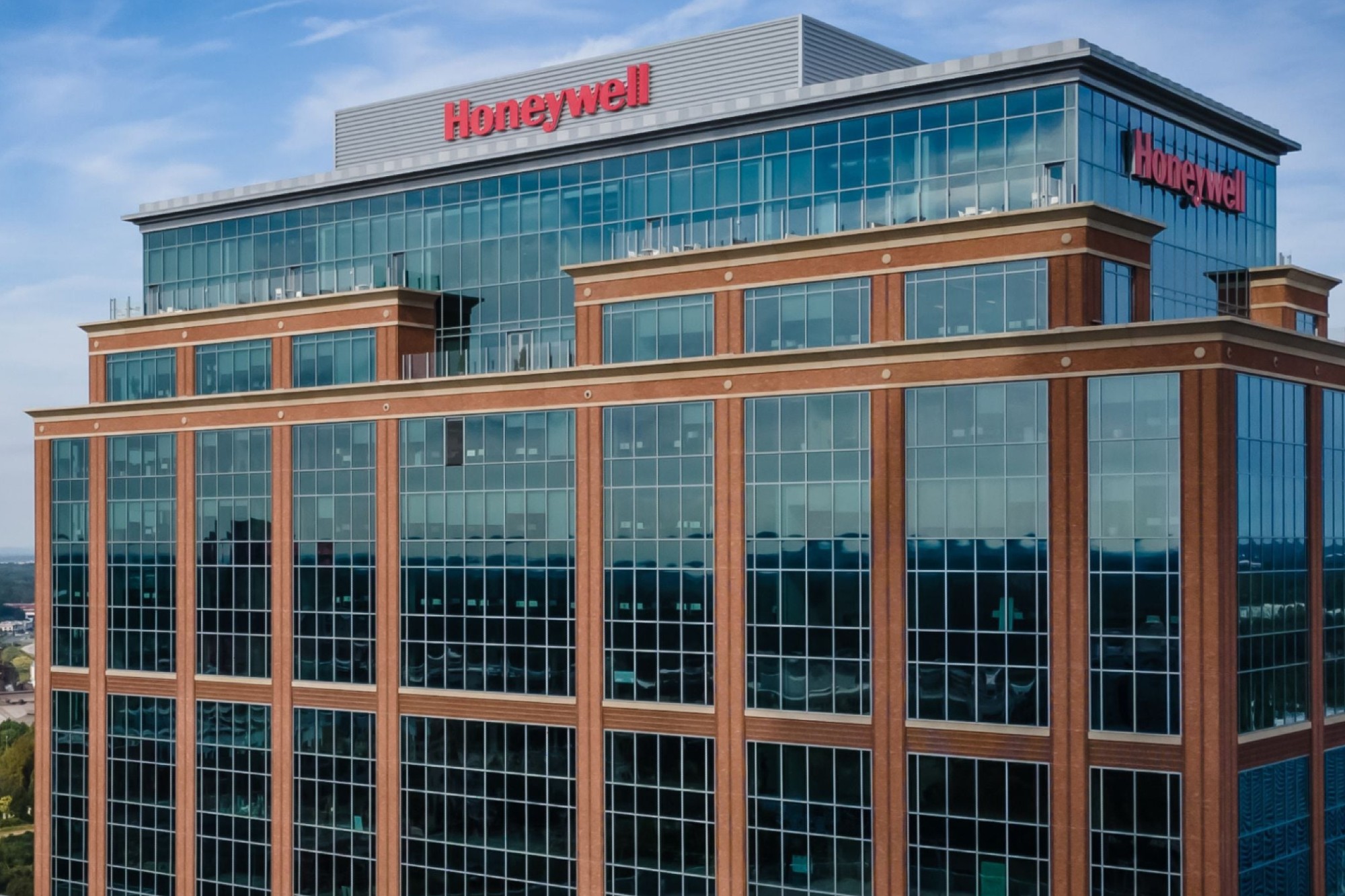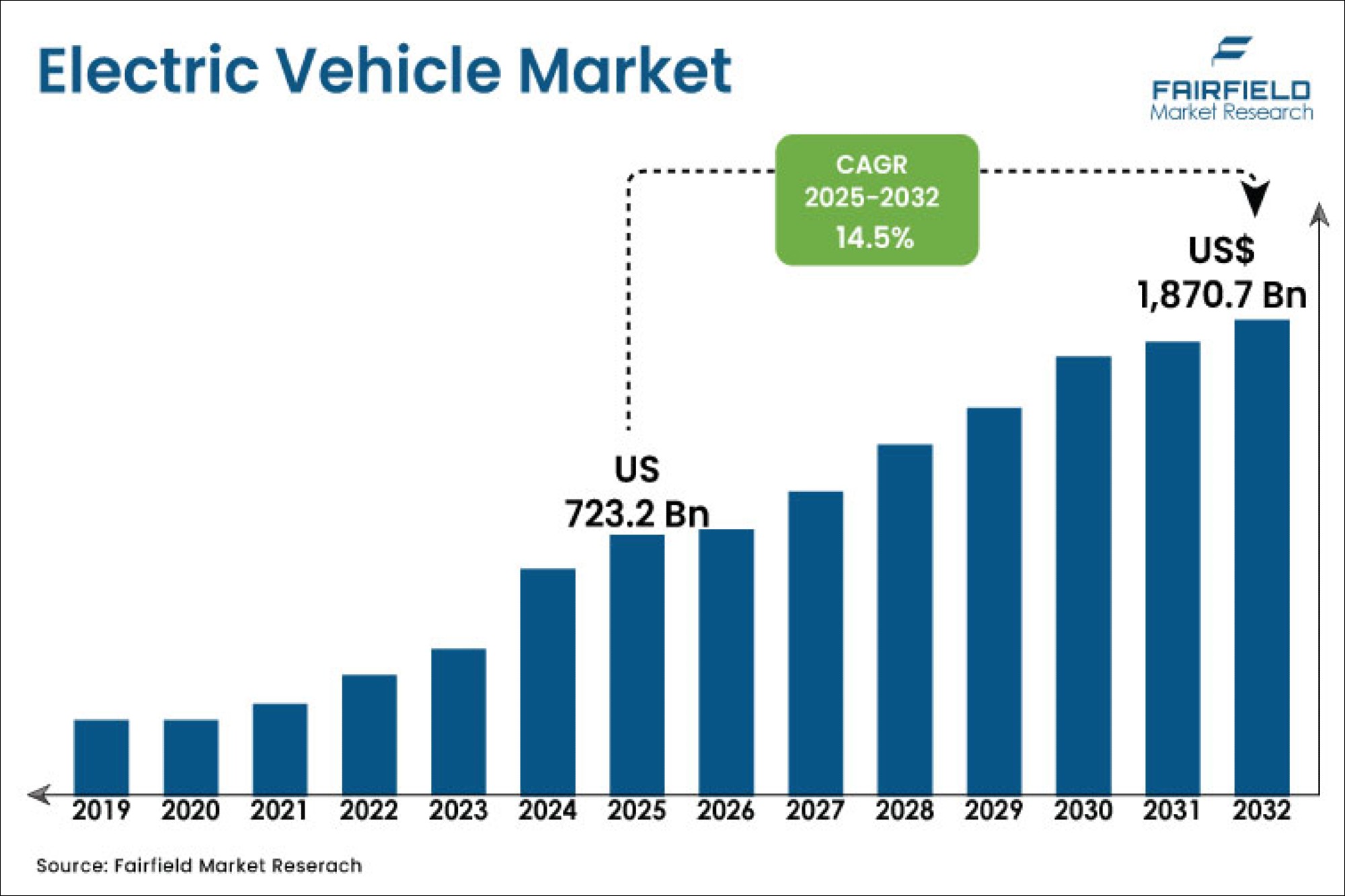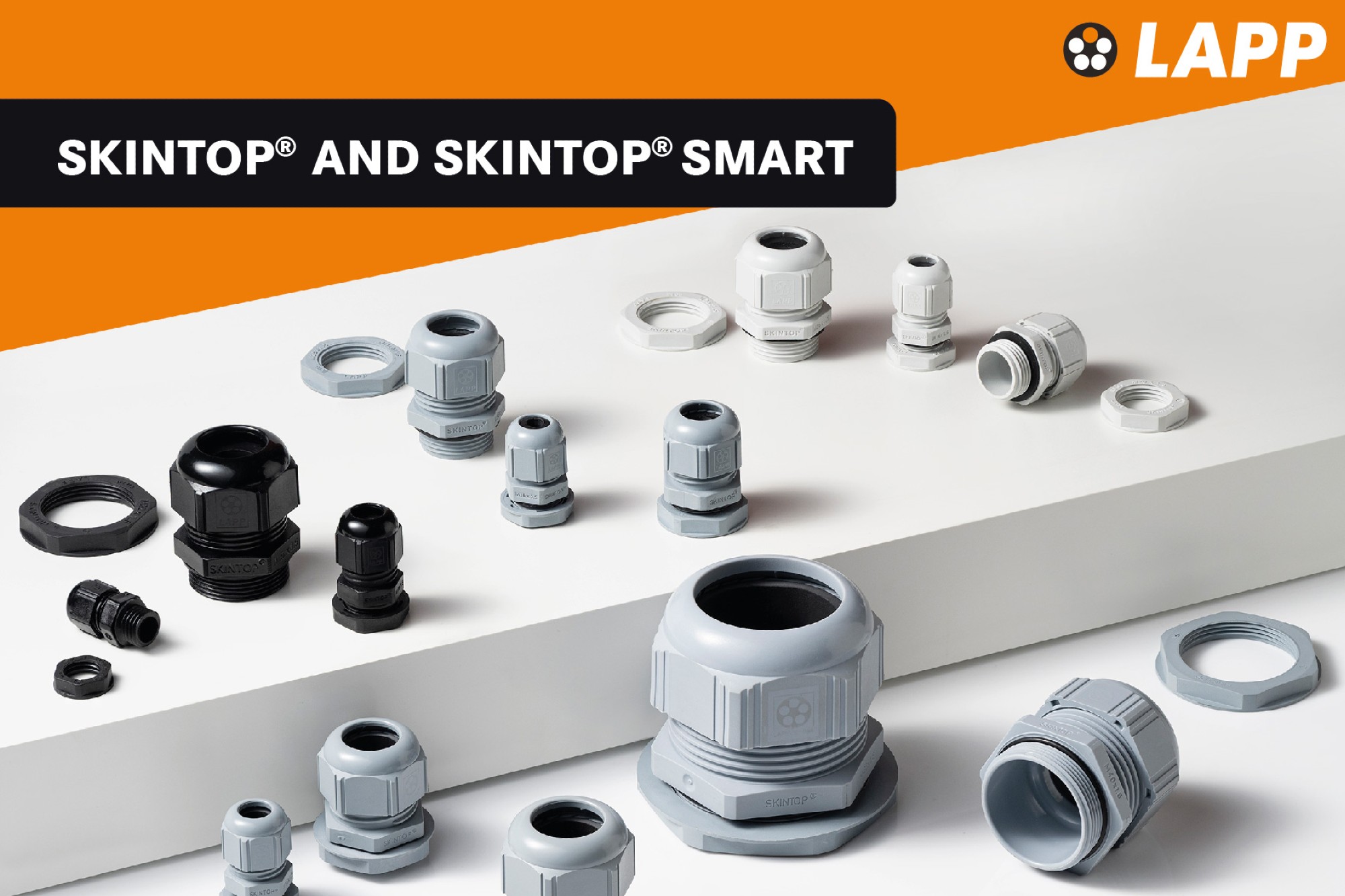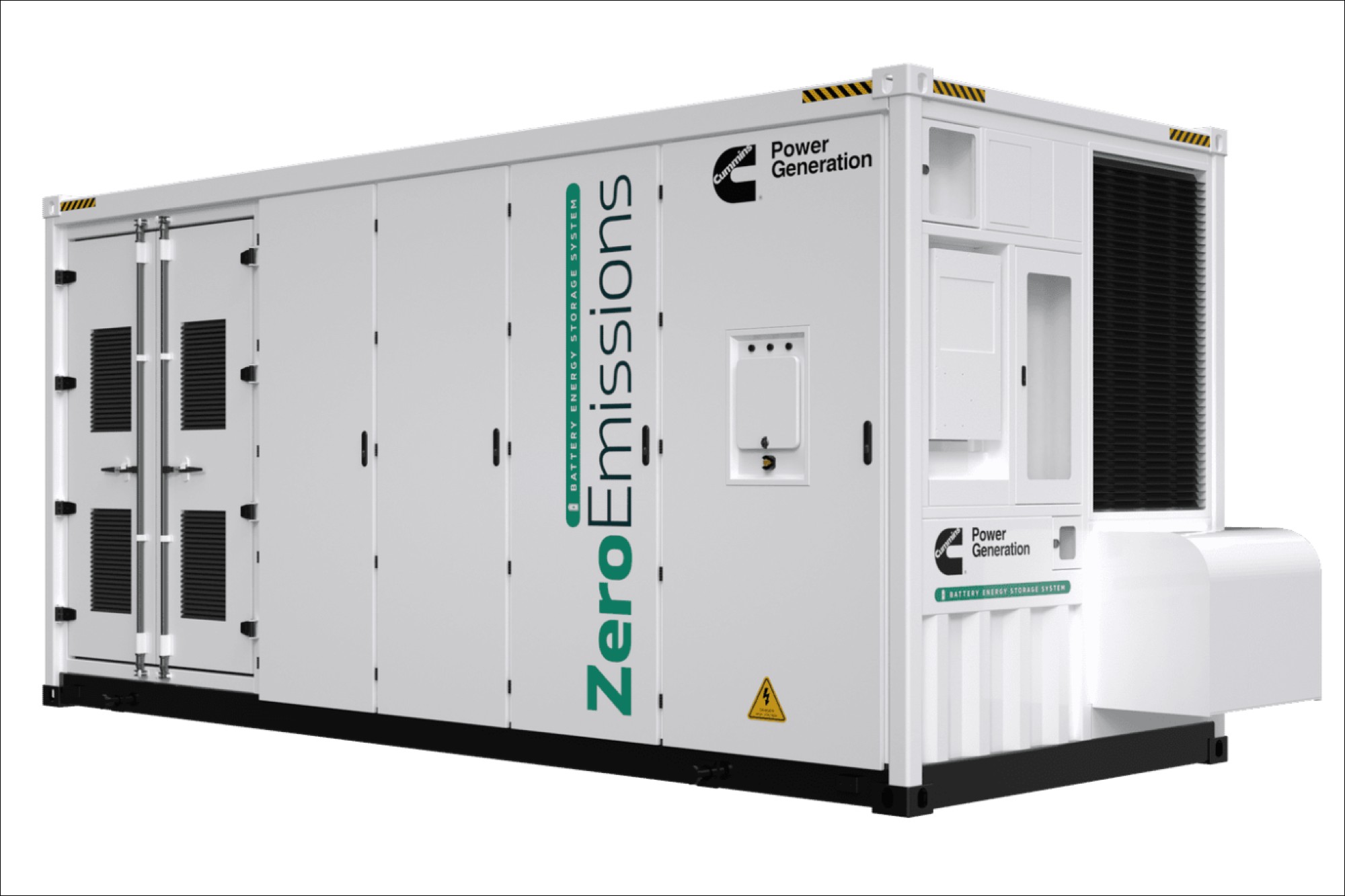‘Manufacturing industry is a core focus vertical for KPIT Cummins’
By admin August 29, 2009 6:40 am IST
KPIT Cummins’
‘Manufacturing industry is a core focus vertical for KPIT Cummins’
Girish Wardadkar, President and Executive Director, KPIT Cummins Infosystems Ltd, in this interview with Dilip S. Phansalkar, talks about the company’s pivotal role in providing business and technology solutions for CTO, CIO and CFO of global customers.
Which sectors does KPIT Cummins serve?
Established in 1990, KPIT Cummins is a specialist provider of domain intensive engineering services and IT consulting to its manufacturing customers. We focus strongly on co-creating technology solutions for corporations in the automotive, industrial & farm equipment and hi-tech & semiconductor space to help them become efficient, integrated and innovative enterprises. We combine technology and process expertise to build solutions for our customers helping them bring products faster to their target markets and in globalizing their processes & systems seamlessly.
As a widely recognized leader in IP-led (Intellectual Property) technology solutions and services, we currently partner with over 125 global manufacturing corporations including 13 automotive OEMs (Original Equipment Manufacturers), more than 30 automotive component manufacturers and Tier 1s and 7 of the world’s top 10 semiconductor companies.
What expertise does the company offer to manufacturing and engineering application sector?
Today’s collaborative manufacturing industry needs to implement enterprise-wide solutions that enable business profitability and growth. We help manufacturing companies optimally leverage their IT investments to capture new business opportunities and share more product information with partners, suppliers and customers. Manufacturing industry is a core focus vertical for KPIT Cummins and today, we service over 125 large manufacturing organizations across the world. We combine industry specific knowledge with technology expertise to create accelerated solutions that deliver real, tangible value for manufacturing business. We ensure that our solutions help our clients achieve new levels of efficiency, productivity and profitability.
Our experience and focus in the manufacturing vertical provides our customers consultancy expertise to meet the challenges of shrinking lifecycles, faster time-to-market, global sourcing and mass customization. KPIT Cummins provides business and technology solutions for the CTO, CIO and CFO of global customers.
KPIT Cummins offers specialist end-to-end solutions and services for the entire value chain from silicon to applications.
As technology continues to benefit manufacturing, our partners leverage our extensive skill sets on manufacturing to blend IT benefits into their systems and processes.
Where does Indian OEMs stand in respect to international manufacturing standards and application of IT?
Indian manufacturers have been able to meet the highest quality and performance standards with support from automotive research institutes such as Automotive Research Association of India (ARAI), National Automotive Testing and R&D Infrastructure Project (NATRiP) and with support from the consortiums like Society for Indian Automotive Manufacturers (SIAM).
• Most of the manufacturing facilities are ISO certified for process quality and occupational health and safety
• The vehicles manufactured follow the ECE regulations
• Indian Automobile Standards Institute’s regulations are a few years behind the global standards but it is fast developing
• IT applications at Indian OEMs: Indian
• OEMs have adopted best in class and the most modern IT applications for their operations.
• Most Indian OEMs have embraced high-end ERP systems like SAP, Oracle for their supply chain and enterprise integration.
• Indian manufacturers have adopted international best practices in CRM and have gone ahead to implement products like Oracle, Siebel.
• The large companies also have implemented PLM products into their manufacturing processes. Few medium size companies in India have adopted PLM, but these are mostly the Indian arms of Global OEMs.
A few areas offer themselves as productivity leverage such as ‘Manufacturing Execution systems’, ‘Digital Manufacturing’ and automation in supply chain especially adopting flexible manufacturing systems in the light of customer demand variability.
How far has Harita TVS acquisition added value to your core competence?
With the addition of the high end Mechanical Design Engineering capability from Harita, KPIT Cummins strengthened its existing portfolio of Automotive Embedded & Mechanical Engineering Services. It now offers Mechanical Product Design and optimization using high-end software in design and analysis to existing and new global clients in the Automotive & Industrials Verticals mainly in interior, exterior, under the hood with special focus on environment compliance in product design.
Besides design with Harita acquisition we have added Value Engineering and IMDS services also to our portfolio. In the current context value engineering is pertinent.
Value Engineering: This is a process by which we identify the critical functions in a product development lifecycle and try to reduce the lifecycle cost while maintaining the performance, features and functionality of the product. We consult our customers in identifying the core processes and optimizing the plant and manufacturing operations reducing the total cost of operations while maintaining the quality of the product.
International Material Data System (IMDS): IMDS is the automotive industry material data system. It is a joint development of OEMs like Audi, BMW, Daimler, Ford, Opel, Porsche, VW and Volvo. IMDS was created in response to the EU’s ELV Directive. We help our automotive manufacturing customers create a repository of the material including heavy metals and chemicals used in their products to identify if these are compliant to the End of Life of Vehicle (ELV) requirements of EU. If the material is not adhering to the guidelines we provide the manufacturers consulting on substitute material. This is how we collaborate with Indian OEMs in creating green and environment friendly products.
What are the growth obstacles you see for application of IT in the manufacturing sector?
The application of IT/technology in Indian manufacturers depends on a unique set of drivers, which arise as impediments in the industry:
• Affordability and feasibility – in current times the capacity utilization rates of manufacturing set ups is less than 60 peer cent (at Global Level), this has put tremendous pressure on their plans for investment in discretionary IT/technology implementations.
• Constraints on capacity expansion – several companies have held back there isn’t significant growth in plants/ capacity – this has resulted in diminutive IT investments in the form of roll outs, upgrades and new systems.
• Indian OEMs are also faced by the challenges of RoI justification. This has increasingly become more short/ medium term driven than being long-term strategy driven.
Cookie Consent
We use cookies to personalize your experience. By continuing to visit this website you agree to our Terms & Conditions, Privacy Policy and Cookie Policy.






